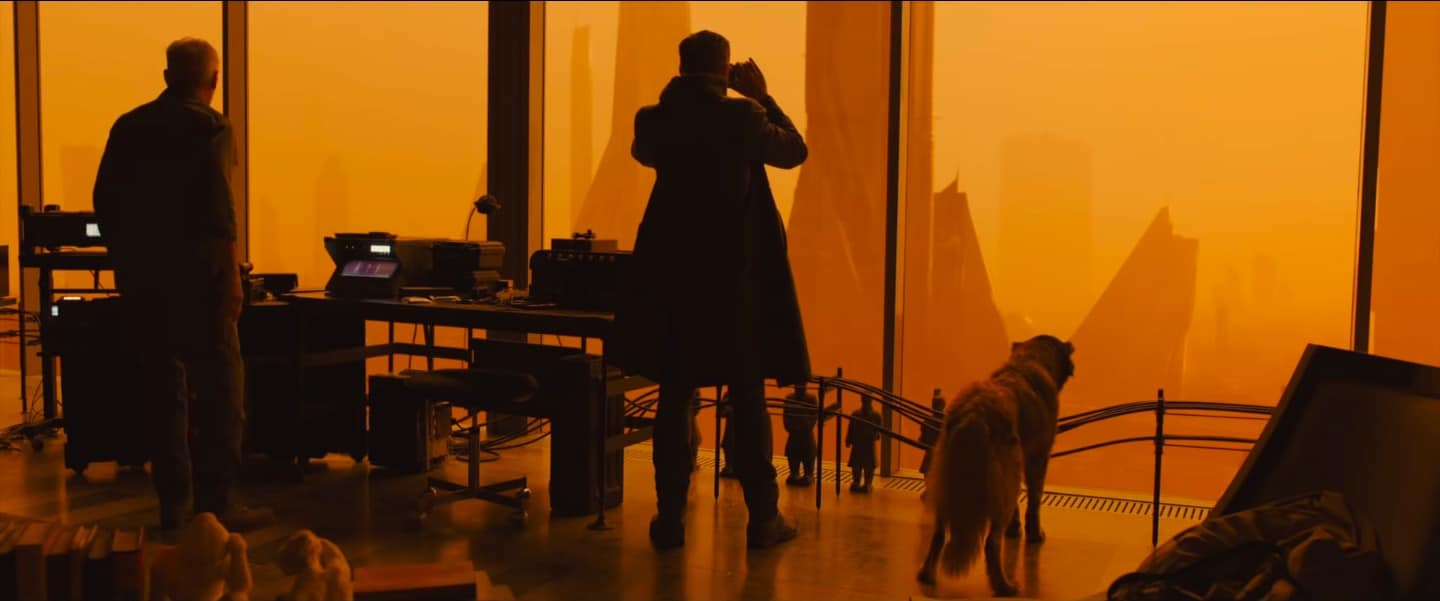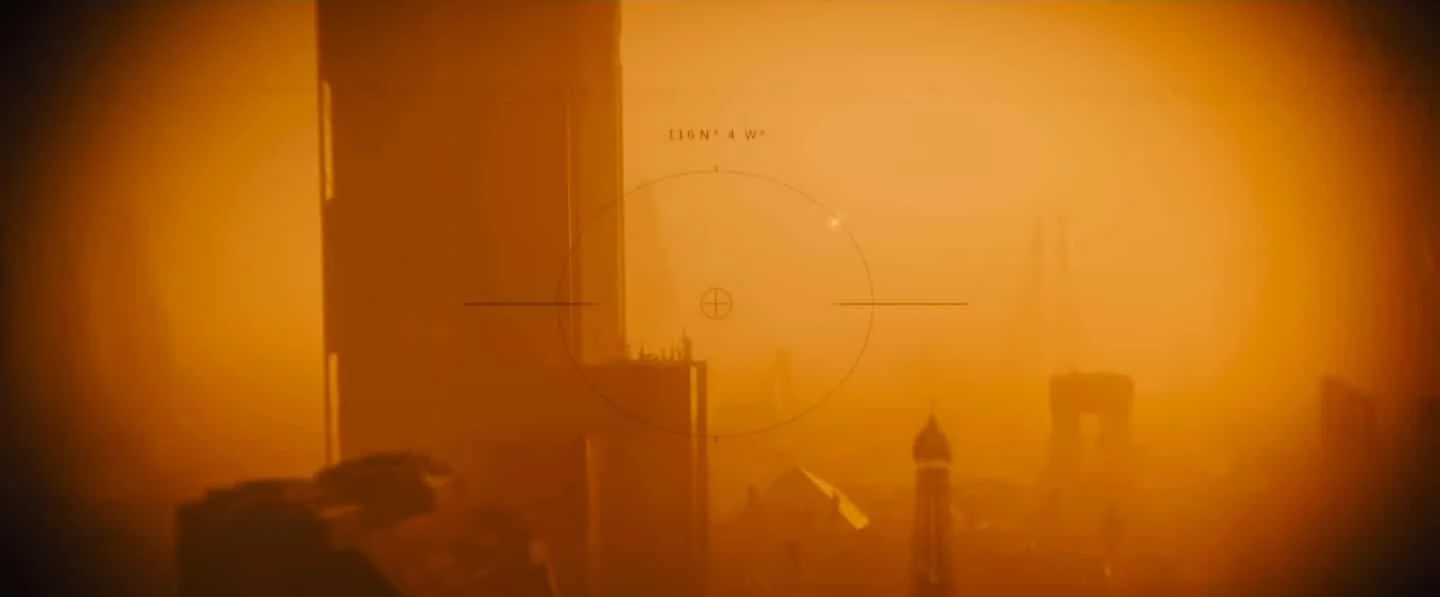Finding the right lens for your camera can vastly improve your images and overall production. But learning what you need to know about video and photo camera lenses can be expensive and time-consuming. In this article, we explain the different types of camera lenses so that you can understand which lens, or set of lenses, will be the best option moving forward.
Table of Contents
Everything you need to know about the types of camera lenses.
1
Types of Camera Lenses
Explanation of DIFFERENT TYPES OF LENSES
TYPES OF CAMERA LENSES
Camera lenses for photo and video
There are various different types of camera lenses. That’s why it’s good a camera lens guide like this can help you buy or rent the best lenses.
We'll be covering the basic types of lenses but many lenses can simultaneously be two different types. For example:
- A prime lens can also be a standard lens.
- Zoom lenses can also be parfocal lenses.
- Long-focus lenses can also be telephoto lenses.
Different lenses work best for different situations, and this isn’t limited to photo lenses or video lenses. The image properties for both are based on the quality of the lens and the focal length.
Before we jump into the specifics of these types of camera lenses, we'll let D4Darious give us a crash course in this video.
Types of Camera Lenses Explained
Also, the types of lenses available for DSLR cameras or mirrorless cameras are based around the lens mount, and not the focal length or lens capabilities.
You can have a prime lens for a DSLR, or a fish-eye lens for a mirrorless camera as long as the mount of both the camera and the lens are compatible. Let’s break it down — download our FREE Ebook on the different types of camera lenses.
Free downloadable bonus
FREE Download
Camera Lenses Explained
Every type of camera lens has distinct qualities and visual characteristics that every image-maker should understand. Download our FREE e-book to get in-depth explanations on prime vs. zoom lenses, anamorphic vs. spherical lenses, wide angle, standard, telephoto and even specialty lenses that all tell a slightly different story.
TYPES OF CAMERA LENSES
What is a prime lens?
A prime lens is any lens with a set focal length. Therefore it cannot be “zoomed” in to transform the field of view of the lens. A lens with a set focal length of 50mm is one example of a prime lens.
You're unable to change the focal length of a prime lens, however you are still able to adjust the focal distance of the lens via the focus ring.
Zeiss cine prime lens • Blade Runner 2049
This shot from Blade Runner 2049 was captured with a Zeiss super prime lens. Prime lenses are often considered to be industry standard due to their generally superior image quality.
Some cinematographers prefer zoom lenses over primes, but they will switch back and forth depending on the circumstances. It often depends on tone and subject matter, but there is no hard and fast rule.
In this video, Roger Deakins explains his overall approach to choosing a lens. He also elaborates on why he prefers prime lenses over zoom lenses — and his answer may surprise you.
How to Choose a Lens w/ Roger Deakins • Subscribe on YouTube
As Deakins explains, camera lenses with different focal lengths tell different stories. This video, courtesy of Julia Trotti, does a great job of comparing the various focal lengths of prime lenses.
Types of Camera Lenses • Prime Lens
Again, a prime lens isn’t just a cinema lens. Photography prime lenses absolutely exist, and the lens quality is often better because you don’t have to worry about the lens elements shifting during a zoom.
Prime lenses are better quality for photo and video because they are built around a specific number of set parameters rather than constantly fluctuating parameters like in a camera zoom lens.
Another benefit of prime lenses over zooms is that a prime lens forces you to move the camera to a more intentional angle rather than just zooming in from your last setup.
TYPES OF CAMERA LENSES
What is a zoom lens?
A zoom lens is any lens with a variable focal length. It can be “zoomed” in to transform the focal length and, therefore, the field of view. This magnifies or demagnifies the subject to bring them "closer to" or "further from" the audience.
Types of Camera Lenses • Zoom Lens
Some cinematographers prefer zoom lenses, but generally prime lenses are preferred. The set focal length often translates into a high level of control and quality of image. That being said, if you're going to shoot a zoom shot in your next film project, you'll need a zoom lens.
You also will often gain a wider camera aperture rating in prime lenses, which affects the depth of field. Wider apertures allow more light for a shallow depth of field while smaller apertures produce deep depth of field. But these considerations apply to all types of camera lenses.
A few examples of comedy shows that use zoom lenses for that Cinéma Vérité look are The Office, Parks & Rec, and Brooklyn 99. Zoom lenses also play a role in Wes Anderson's directing style. In Anderson's best films, he uses them for dramatic zooms and as well as a bit of comedy.
The famous Vertigo dolly zoom was created by simultaneously zooming in with the lens and dollying backward. This changed the focal length of the lens while keeping the same relative shot composition.
TYPES OF CAMERA LENSES
What is a parfocal lens?
Parfocal refers to a lens that will stay in relative focus while the focal length of a zoom lens is changed. Any lens that is considered parfocal must be categorized as a zoom lens because the focal length of a prime lens cannot be changed.
Types of Camera Lenses • Parfocal Lens
If you plan to use a zoom lens on your next project and want to change focal length while recording, it’s better to have a parfocal lens. Keeping your subject in focus while also changing the focal length is a nearly impossible task on a varifocal zoom lens.
StudioBinder shot list with camera lens specs • See Shot List
Since zoom lenses have their own advantages, manufacturers have invested a large amount of time and energy into improving them to act more like primes.
Professional cinematographers know that a good parfocal zoom lens is a really nice tool for any filmmaker to have, but they’re also commonly expensive. Like…$1,500 — $7,000 expensive.
2
Standard Types of Camera Lenses
Three Main Types of Lenses
DIFFERENT TYPES OF CAMERA LENSES
What is a standard lens?
A standard lens has a set (prime) focal length that is around the same length as the camera sensor or film gauge (measured diagonally).
For a full frame sensor, your focal length would come in right around 42mm. Often a lens with a focal length that falls between 35mm to 55mm can be categorized as “standard” focal length.
Camera Lenses • Standard Lens
Standard lenses are purported to have a similar field of view to that of the human eye, though this has been disputed considering that the human eye has a true field of view closer to that of a 17mm to 25mm lens, with a f/3.2 aperture rating.
The true reason 35mm to 55mm are similar to the human eye is that of our cone of visual attention. This limits what we're actually focusing on within our field of view — the rest is peripheral vision.
DIFFERENT TYPES OF CAMERA LENSES
What is a wide-angle lens?
A wide-angle lens is any lens with a set focal length that is shorter than the length of the sensor or film (measured diagonally). For a full frame sensor, your wide-angle focal length would be anything below 35mm.
Camera Lenses • Wide Angle Lens
Often any lens with a focal length that falls between 35mm to 23mm can be categorized as a wide-angle lens. To go down any further would push the lens into fisheye territory, which can still be considered wide-angle, but the fisheye label makes that a bit redundant, and is more specific.
It is important to think about your lens decisions before you ever step on set, so when creating your shot list, it is nice to have the option to specify your lens. That way, you'll know what kind of gear you need to rent for your shoot days so that you can get the most out of each and every visual choice you make.
DIFFERENT TYPES OF CAMERA LENSES
What is a long focus lens?
A long focus lens is any lens with a set focal length that is significantly longer than the length of the sensor or film (measured diagonally). For a full frame sensor, your focal length would be anything above 55mm.
Camera Lenses • Long-Focus Lens
Often any lens with a focal length that falls between 55mm to 500mm can be categorized as a long-focus lens. You may hear them referred to as 'long lenses.'
Long angle lens simulating binoculars • 85mm
Some long lenses are also telephoto lenses, but this only occurs in a specific situation where a telephoto group of glass is built inside.
The next section goes into further detail on the extreme types of camera lenses including fish-eye, telephoto, macro, and smartphone lenses.
3
Extreme Types of Camera Lenses
Specialty CAMERA LENSES
TYPES OF EXTREME CAMERA LENSES
What is a fisheye lens?
A fisheye lens is any lens with a set focal length that is significantly shorter than the length of the sensor of film (measured diagonally).
For a full frame sensor, your fisheye focal length would be anything below 23mm. Here's a history of the fisheye lens from Vox.
Types of Camera Lenses • Fisheye Lens
Often any lens with a focal length that falls between 22mm to 1mm can be categorized as a fisheye lens. You can see why the fisheye lens would be considered one of the specialty types of camera lenses. The distortions is produces are certainly stylistic but completely "unnatural" compared to human vision.
TYPES OF EXTREME CAMERA LENSES
What is a telephoto lens?
A telephoto lens has a special lens group built inside, known as a telephoto group. This is because some lenses have a focal length that is greater than the physical length of the lens. An example of this could be a 500mm lens, but it depends on the physical length of the lens.
Types of Camera Lenses • Telephoto Lenses
Consider how a telescope can spot planets that are years away, but its physical size does not extend further than your bedroom window.
TYPES OF EXTREME CAMERA LENSES
What is a macro lens?
A macro lens is a lens that reproduces an image on the sensor plane or film plane that is of similar size to that of the actual physical subject. Macro lenses are most often used to capture a very small subject, like an insect or a coin, in very fine detail.


Camera Lenses • Macro Photograph
This is a photography example, but if you’re deliberate and careful, you can apply this to your filmmaking as well. Think of those great shots Guy Ritchie gets in the Sherlock Holmes films.
Below is a really cool video from photographer Karl Taylor where he uses lens extension tubes to turn his long lenses into macro lenses.
Types of Camera Lenses • Macro Lenses
As you can see from the video, you can get pretty great results by spending $50 as opposed to buying a $1000 macro specialty lens.
TYPES OF EXTREME CAMERA LENSES
What is a smartphone lens?
With many indie filmmakers and social media influencers are turning to their smartphones for video, so we need to touch on iPhone lenses and Samsung lenses at the very least.
One of the best is called Moment.
Types of Camera Lenses • Smartphone lenses
You will need to buy the Moment Brand case to attach the lenses to the iPhone or Samsung body, but once the case is secured, you can switch lenses in a jiffy.
Each lens runs around $100.
Free downloadable bonus
FREE Download
Camera Lenses Explained
Every type of camera lens has distinct qualities and visual characteristics that every image-maker should understand. Download our FREE e-book to get in-depth explanations on prime vs. zoom lenses, anamorphic vs. spherical lenses, wide angle, standard, telephoto and even specialty lenses that all tell a slightly different story.
UP NEXT
How camera lenses work
We've just scratched the surface on the types of camera lenses out there. There is a lot more to learn about how camera lenses actually work. Up next, let's talk about the characteristics of lenses and how they affect your images. Topics will include focal length, depth of field, lens breathing, bokeh, and more.
Up Next: Camera lenses explained →
Showcase your vision with elegant shot lists and storyboards.
Create robust and customizable shot lists. Upload images to make storyboards and slideshows.
